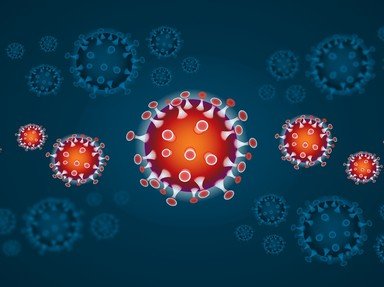Quiz Answer Key and Fun Facts
1. All sexually active people are considered "at risk" for HIV infection. Sexually-active, older women (post-menopausal) are a particular concern. All of the following factors contribute to HIV risk in older women except what?
2. The prevalence of HIV infection in American women steadily increased from the dawn of the AIDS epidemic in the early 1980's through the turn of the century.
3. Among American women, what race/ethnicity accounted for the greatest number of female AIDS patients in the 20th century?
4. In 2004, Researchers at the XV International AIDS conference in Bangkok, Thailand described what they called a "Sugar Daddy Phenomenon" in South Africa. They postulated that this phenomenon was responsible for what startling finding among South African teens?
5. Female to female sexual transmission of HIV has not been reported amongst monogamous lesbians who are not IV drug abusers.
6. Of the following countries, which was the first to report a sustained decline in their HIV/AIDS prevalence data since the global AIDS epidemic began in the early 1980's? The prevalence of HIV/AIDS is defined by the percentage of people in a population currently living with HIV or AIDS.
7. What factor does not help explain the large percentages of HIV infected women in Sub-Sahara Africa?
8. Which malignancy is considered an AIDS-defining illness in an HIV positive woman regardless of the woman's CD4 cell count?
9. What is the likelihood that an HIV positive mother will transmit her HIV infection to her newborn baby, if the mother does not receive any anti-retroviral therapy?
10. Which factor does not increase the likelihood that an HIV positive mother will transmit her infection to her newborn child?
Source: Author
MikeJ941
This quiz was reviewed by FunTrivia editor
crisw before going online.
Any errors found in FunTrivia content are routinely corrected through our feedback system.

